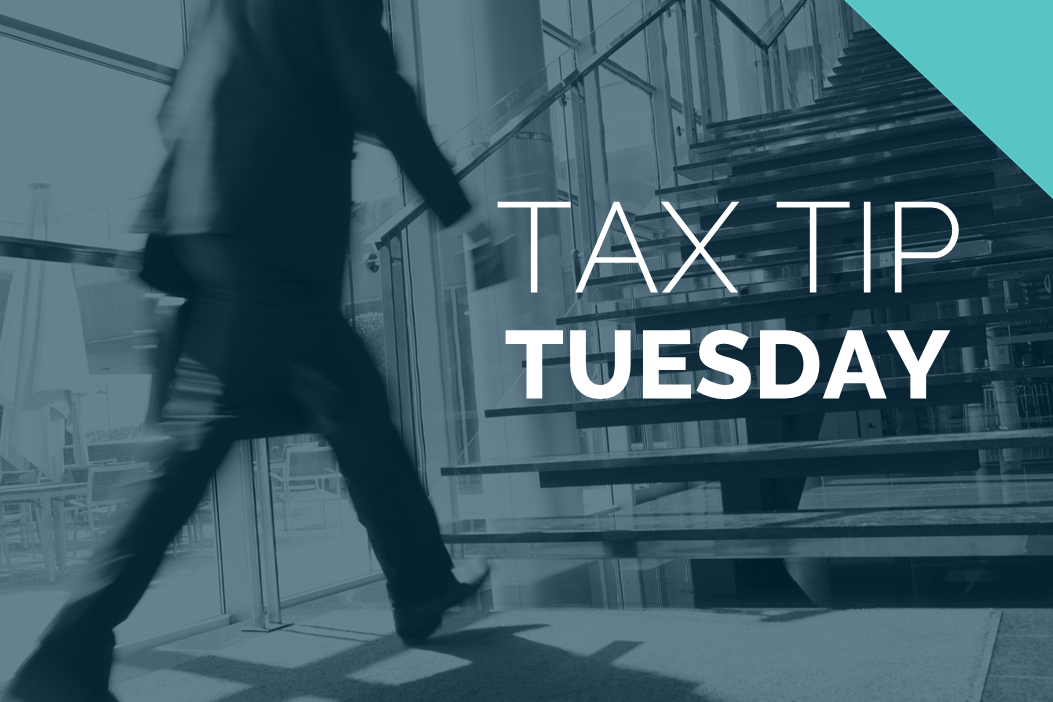Effective May 21, 2023, P&N has joined EisnerAmper. Read the full announcement here.
.jpg)
On March 27, 2020, Congress passed the Coronavirus Aid, Relief, and Economic Security (CARES) Act to provide emergency health care and economic assistance during the COVID-19 global pandemic. This legislation addresses concerns ranging from small business interruption to individual, family, and business economic relief. While the legislation contains a myriad of economic and healthcare response-related provisions, this summary focuses on one aspect of the economic provisions – those provisions relevant to individuals.
Tax Rebate for Individuals
One of the main, most direct ways that the CARES Act seeks to provide economic stability in light of the COVID-19 crisis is through creation of a “recovery rebate” for individuals. Specifically, the CARES Act creates a new Internal Revenue Code Section (I.R.C. § 6428) which allows a refundable income tax credit in the amount of $1,200 per qualifying individual ($2,400 for joint filers) plus an additional $500 for each qualifying child for taxable years beginning 2020.
Eligible Individuals
All individuals qualify for the credit other than nonresident alien individuals, those individuals who are claimed as dependents on another individual’s income tax return, or estates and trusts.
Limitation Based on Gross Income
The credit is also limited and phased out based on adjusted gross income. Specifically, the amount of the credit allowed shall be reduced by 5% of the taxpayer’s adjusted gross income that exceeds $150,000 for those filing a joint return, $112,500 for those filing as a head of household, and $75,000 for all other filers.
Advance Refund
As described above, this is a refundable tax credit for the tax year 2020. However, the CARES Act also provides for an advance credit based on 2019 tax information. Under these provisions, as long as individual was an eligible individual in 2019, they shall be treated has having made a payment of income tax for that taxable year in an amount equal to the advance refund amount. The advance refund amount will be the amount that would have been allowed a tax credit for tax year 2020. Importantly, if an individual has not filed a tax year for 2019, then 2018 information can be used along with certain information reporting documentation for social security benefits.
The CARES Act requires that the relevant amounts be refunded or credited as rapidly as possible. No advance refunds or credits will be allowed after December 31, 2020. In addition, the Act allows the refund to be disbursed electronically to any account where the payee authorized the delivery of a federal income tax refund after January 1, 2018. The Internal Revenue Service is also required to send notice of such payment to the taxpayer’s last known address within 15 days after the date of disbursement. Importantly, any credit or refund allowed will not be subject to various administrative and Treasury reduction or offset programs.
Excess Business Losses
In 2018, under the landmark tax legislation known as the Tax Cuts and Jobs Act (TCJA), the deduction of excess business losses was not allowed, but was instead treated as net operating loss carryover to the following year. In conjunction with the changes the CARES Act made to the use of net operating losses for corporate taxpayers, certain taxpayer-friendly changes were also made with respect to excess business losses. Specifically, the limitation on the use of excess business losses will now only apply for taxable years beginning after December 31, 2020 through January 1, 2026. Thus, even though the limitation was enacted as part of the TCJA and effective as of January 1, 2018, the CARES Act retroactively changes the effective date of the provision to tax year 2021. As a result, taxpayers may wish to amend their returns for tax years 2018 and 2019, to take advantage of any excess business losses in those years that were carried forward.
Allowance of Partial Above the Line Deductions
As a result of the CARES Act, certain charitable contributions will be allowed as an “above-the-line” deduction (e.g., a deduction subtracted from gross income when calculating adjusted gross income). Specifically, a qualified charitable contribution of up to $300 made by an eligible taxpayer can be deducted to reach adjusted gross income. For this person, an “eligible taxpayer” is one who does not itemize their deductions for federal income tax purposes. A “qualified charitable contribution” is a charitable contribution that is made in cash and is made to an organization described in I.R.C. § 170(b)(1)(A). Organizations described in I.R.C. 170(b)(1)(A) include most charitable organizations, but the CARES Act makes clear that the deduction does not qualify for donations made to private foundations, supporting organizations, or to donor-advised funds.
Modification on Charitable Contribution Limitations
For individuals, any qualified contribution shall be allowed as a deduction as long as the aggregate of the contributions does not exceed the excess of the taxpayer’s contribution base over the amount of all other charitable contributions allowed under the Internal Revenue Code. For this purpose, a taxpayer’s contribution base means the taxpayer’s adjusted gross income computed without regard to any net operating loss carryback. A “qualified contribution” is any charitable contribution as long as the contribution is paid in cash during 2020 and the taxpayer has elected the application of this exception. Like the above-the-line deduction changes, qualified contributions do not include contributions to private foundations, supporting organizations, or to donor-advised funds. If the aggregate amount of qualified contributions exceeds the limitation, then the excess will be allowed as a carryover for five years. This change is effective for taxable years ending after December 31, 2019.
Exclusion for Employer Payments of Student Loans
The Internal Revenue Code generally contains an exclusion from income for certain amounts paid or incurred by an employer for educational assistance to an employee. The CARES Act expands this benefit by defining educational assistance to mean payments of principal or interest on any qualified education loan made before January 1, 2021, whether paid to the employee or a lender. Thus, employers can pay student loan interest or principal for employees, up to the limit of $5,250 annually, inclusive of all other types of educational assistance, without causing such employees to recognize additional income.
P&N professionals are closely following the development of COVID-19 relief measures in order to offer insight into the potential impacts on taxpayers. If you have questions about how the CARES Act may affect your personal tax situation, please contact your P&N advisor.




